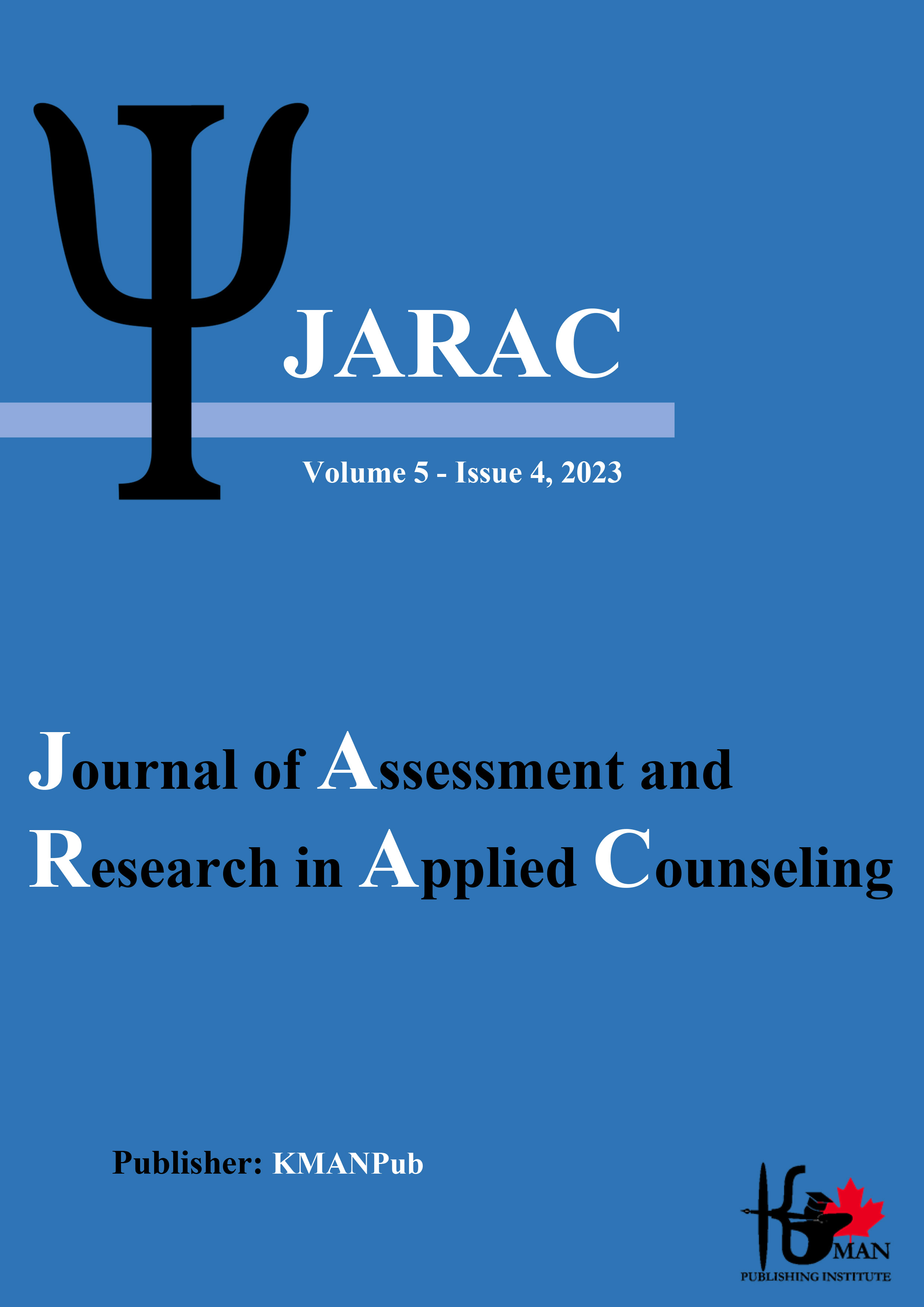Comparison of Working Memory in Individuals with Obsessive-Compulsive Disorder, Major Depression, Panic Disorder and Healthy Individuals
Abstract
Background and Aim: The purpose of this study was to compare working memory in people with obsessive-compulsive disorder, major depression, panic disorder and healthy individuals. Methods: The research method was causal-comparative. The statistical population of the present study included all patients referred to psychiatric clinics of Qom city in 1401-1400. In this study, a total of 200 people (people with obsessive-compulsive disorder: 50 people, patients with major depressive disorder: 50 and those with panic disorder: 50 and healthy people: 50 people) were selected by available sampling method. The instruments for collecting the research included the working memory of Daniman and Carpenter (1980). Data were analyzed by SPSS software (24) and multi-way ANOVA test. Results: The results of the analysis showed that working memory is different in patients with obsessive-compulsive disorder, major depression, panic disorder and healthy individuals (P<0.01). The working memory of obsessive-compulsive disorder was higher than that of major depressive disorder and panic disorder individuals and less with healthy individuals (P<0.01). Conclusion: It can be concluded that working memory was different in patients with obsessive-compulsive disorder, major depression, panic disorder and healthy individuals.
Downloads
Downloads
Published
Issue
Section
License
Copyright (c) 2023 Zahra Sabokbar, Shahnam Abolghasemi, Abdolhassan Farhangi (Author)

This work is licensed under a Creative Commons Attribution-NonCommercial 4.0 International License.















